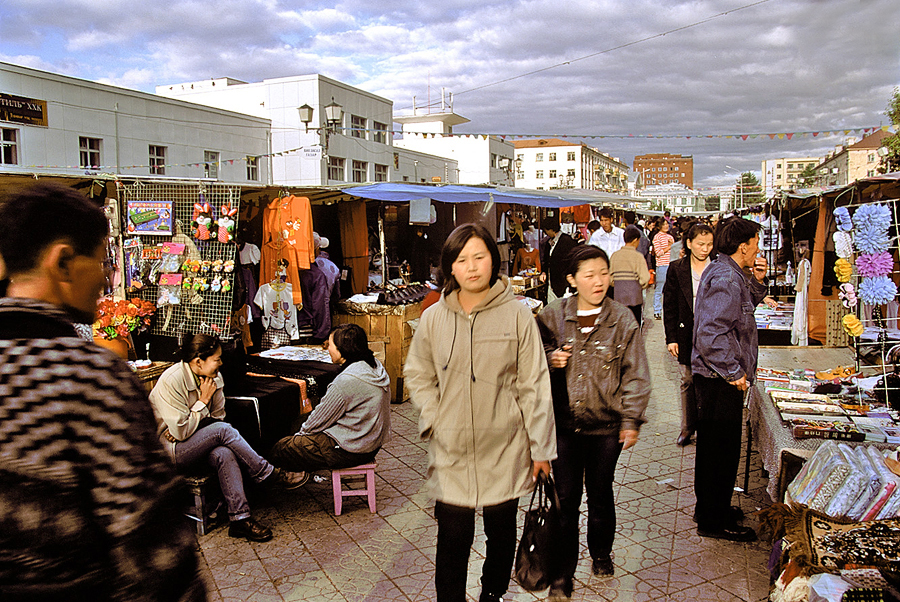Not so long ago, Mongolia was the world’s fastest-growing economy. Now, by nearly every metric, it’s in a dire fix. Its debt has surged, its currency has plummeted, and its budget deficit has widened alarmingly. Foreign investment has dried up and economic growth all but ceased. Even the poor antelope are beset by plague.
Making matters worse, some staggering bills are coming due. The government, along with a state-backed development bank, is on the hook for more than $1 billion in maturing bonds over the next year, starting with a $580 million payment due in March. By one account, locals are so anxious they’re donating their horses to help avoid default, Bloomberg reported.
Thankfully, better options are available. This week, the government is negotiating with the International Monetary Fund for a bailout, its sixth in less than three decades. China also may be willing to lend a hand, at a price. Yet even if it avoids default, Mongolia should stand as a cautionary tale for the ages.
Sitting on expansive mineral reserves, and sharing a long border with the world’s second-biggest economy, Mongolia long looked like an appealing place to invest. Its economy grew by 17% in 2011, as its mines churned out huge amounts of coal and copper to meet Chinese demand.
Ominously, though, government spending rose by 56% the same year. With interest rates abnormally low, Mongolia was one of many not-so-creditworthy countries able to borrow on attractive terms as investors pursued higher yields. In 2012, it issued $1.5 billion in “Chinggis Bonds” to splurge on public works. It boosted pay for civil servants and subsidized mortgages. Politicians doled out cash. A flowering of luxury boutiques, fancy hotels and immodestly large statues dotted the steppe.
Then the good times ended, as they always must. China’s economy slowed, commodity prices plunged, and Mongolia found itself in a bind. Growth halted and debt mounted. With foreign-exchange reserves dwindling, a balance-of-payments crisis was staved off only with help from the People’s Bank of China.
A new IMF lifeline would avert an imminent default, but Mongolia needs more than that. Most of all, it must diversify an economy that depends on mining for nearly a quarter of its output and 90% of its exports. This in turn requires better schools and a new approach to foreign investors, whom the government has antagonized extravagantly in recent years. Reining in corruption would help. Budgets will have to be tightened so that revenue can be used to build up a sovereign wealth fund, which could eventually be used to smooth out the commodity boom-and-bust cycle.
Attend to all this, and Mongolia’s future still looks bright. It has a young population, a mostly stable democracy, and even an embryonic startup scene. The IMF reckons its mineral deposits may yield $3 trillion over time. An expansion of the immense Oyu Tolgoi mine, now under way, should soon pay hefty dividends. Accepting some pain today will help ensure those riches are well used. It might also bring Mongolia’s wild economic gyrations to an end.


